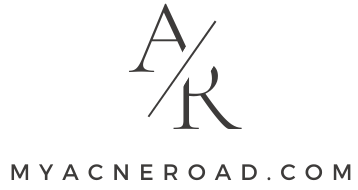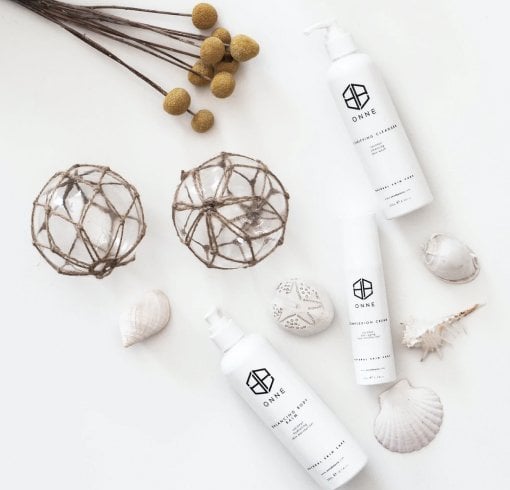Welcome to my comprehensive guide on incorporating bath products into your skin care routine to help manage acne. While cleansing is crucial, there are other bath products that can support your skin’s health and contribute to a clearer complexion. In this in-depth blog post, I will explore various bath products, their potential benefits for acne-prone skin, and tips for incorporating them effectively into your bathing routine.
Understanding Acne: Factors Beyond Cleansing Before diving into the world of bath products, let’s briefly revisit the basics of acne and understand that cleansing alone may not fully address all the factors contributing to acne development. By gaining a holistic perspective, we can enhance our approach to acne management.
Choosing the Right Bath Products:
- Shower Gels and Body Washes: Discover the key considerations when selecting shower gels and body washes for acne-prone skin. Look for gentle formulations with non-comedogenic and soothing ingredients, avoiding harsh chemicals and fragrances that may exacerbate acne symptoms.
- Bar Soaps: Explore the pros and cons of using bar soaps for acne. Learn about ingredients to look for, such as salicylic acid or tea tree oil, which can help combat bacteria and unclog pores. Find tips on selecting mild, pH-balanced bar soaps to prevent excessive dryness or irritation.
- Bath Oils: Delve into the potential benefits of incorporating bath oils into your routine. Discover how certain oils, like jojoba or grapeseed oil, can provide hydration and nourishment to the skin while potentially balancing sebum production. However, be cautious if your skin tends to be overly oily or sensitive.
- Bath Salts and Epsom Salt Baths: Learn about the potential therapeutic effects of bath salts and Epsom salt baths for acne-prone skin. These salts can help reduce inflammation, promote relaxation, and assist in drawing out impurities from the skin. Find recommendations on usage and precautions.
- Essential Oils: Explore the world of essential oils and their potential benefits for acne. Discover oils with antibacterial or anti-inflammatory properties, such as tea tree oil or lavender oil. However, it’s important to dilute essential oils properly and patch test before using them on your skin.
Incorporating Bath Products Effectively:
- Patch Testing: Understand the significance of patch testing before using new bath products. Learn how to perform a patch test to check for any adverse reactions or allergies and minimize the risk of exacerbating your acne.
- Frequency of Use: Find guidance on determining the appropriate frequency of using bath products for acne management. Remember that excessive or prolonged exposure to certain products may disrupt your skin’s natural balance, so moderation is key.
- Post-Bathing Care: Discover the importance of post-bathing care to maximize the benefits of your bath products. Learn about the role of moisturizers in preventing dryness and maintaining skin hydration, and find recommendations for non-comedogenic options suitable for acne-prone skin.
- Personalization: Understand that everyone’s skin is unique, and what works for one person may not work for another. Experiment with different bath products and observe how your skin responds. Adjust your routine as needed to find the right balance for your skin.
Conclusion: Incorporating suitable bath products into your acne management routine can provide additional benefits beyond cleansing alone. By selecting the right shower gels, bar soaps, bath oils, salts, and essential oils, and incorporating them effectively into your bathing routine, you can nurture your skin, reduce inflammation, and promote a healthier complexion. Remember to personalize your routine, patch test new products, and listen to your skin’s needs. With patience and experimentation

